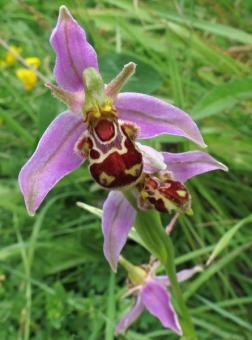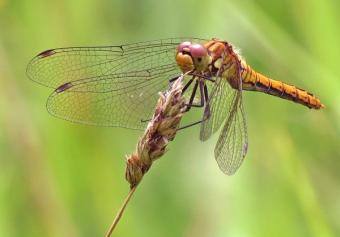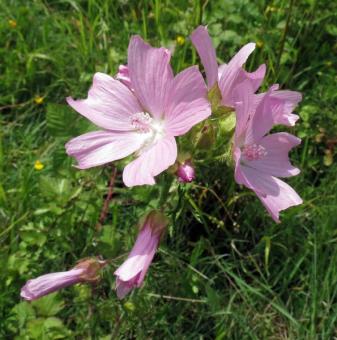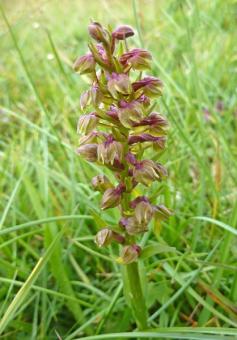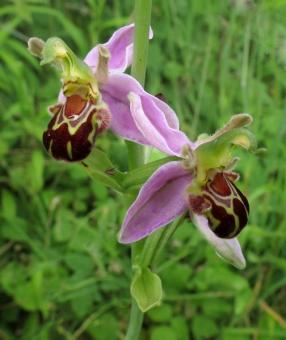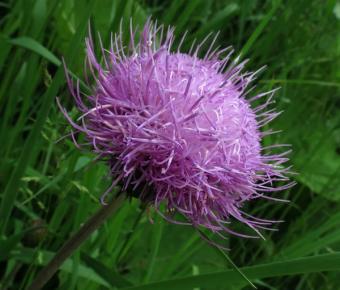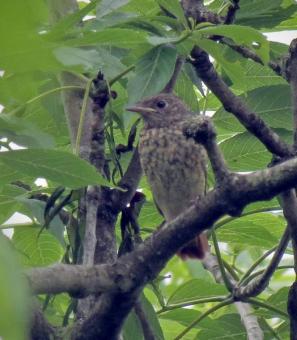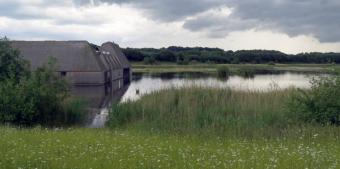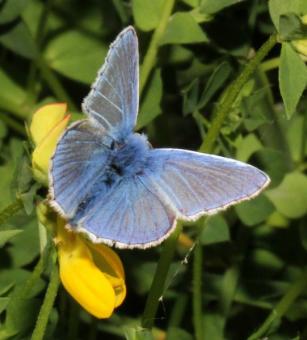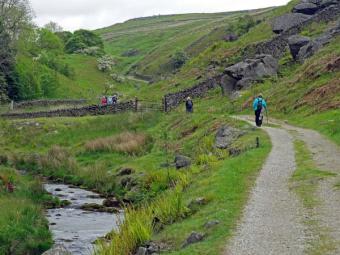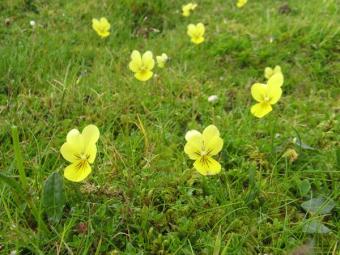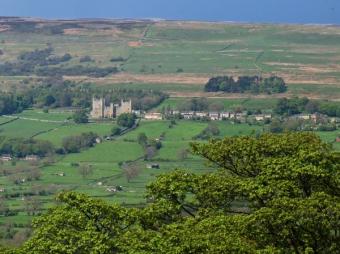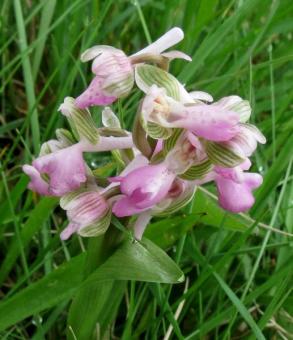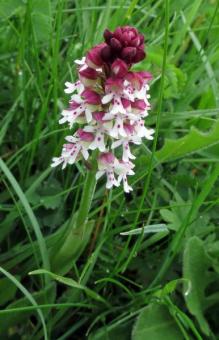WFV, Waitby Greenriggs, 15th July 2014
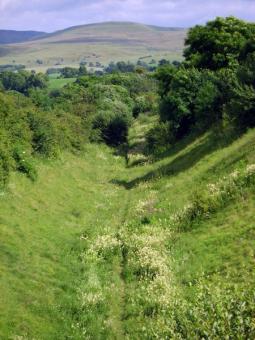 Waitby GreenriggsToday’s extended day out was to the Cumbria Wildlife Trust reserve of Waitby Greenriggs, near Kirby Stephen, not far from the previously-visited reserve of Smardale Gill – in fact both sites share the same abandoned railway line. The group had to be on its best behaviour today as we were co-led by our boss, Julia, who also acted as co-driver for the day.
We were blessed with a fine sunny day and despite being delayed in traffic at Kirkby Lonsdale had a pleasant drive to the site where we lunched upon arrival.
Waitby GreenriggsToday’s extended day out was to the Cumbria Wildlife Trust reserve of Waitby Greenriggs, near Kirby Stephen, not far from the previously-visited reserve of Smardale Gill – in fact both sites share the same abandoned railway line. The group had to be on its best behaviour today as we were co-led by our boss, Julia, who also acted as co-driver for the day.
We were blessed with a fine sunny day and despite being delayed in traffic at Kirkby Lonsdale had a pleasant drive to the site where we lunched upon arrival.  Marsh HelleborineThe wealth of plant life meant that the pace of the walk was BEES snail but we were rewarded with particularly beautiful stands of betony and marsh helleborine as well as common and marsh fragrant orchids in profusion, including white versions of the common. In total over 130 plants in flower were recorded by Joan and Alice which included twayblade, rest-harrow, field gentian, black bog-rush and saw-wort. Despite the sunny conditions, butterflies were not very numerous and we recorded only six species. Likewise, bird numbers were not great but we were entertained by two circling buzzards for some time and as the (relatively) faster walkers waited for the botanists to catch up at the end of the walk we enjoyed watching a spotted flycatcher teaching its young how to catch flies whilst a redstart flew past as willow warblers flitted amongst the trees. The final total of 17 bird species also included tree pipit.
Marsh HelleborineThe wealth of plant life meant that the pace of the walk was BEES snail but we were rewarded with particularly beautiful stands of betony and marsh helleborine as well as common and marsh fragrant orchids in profusion, including white versions of the common. In total over 130 plants in flower were recorded by Joan and Alice which included twayblade, rest-harrow, field gentian, black bog-rush and saw-wort. Despite the sunny conditions, butterflies were not very numerous and we recorded only six species. Likewise, bird numbers were not great but we were entertained by two circling buzzards for some time and as the (relatively) faster walkers waited for the botanists to catch up at the end of the walk we enjoyed watching a spotted flycatcher teaching its young how to catch flies whilst a redstart flew past as willow warblers flitted amongst the trees. The final total of 17 bird species also included tree pipit. 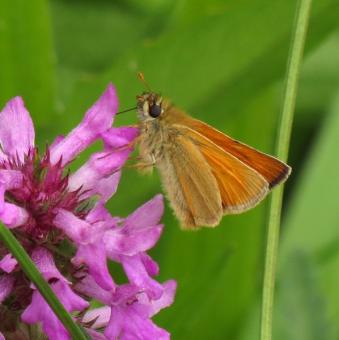 Small Skipper As the group gathered to prepare for our departure we were lucky enough to spot a red squirrel running through the branches of nearby trees. This made a fine ending to a very enjoyable walk.
Small Skipper As the group gathered to prepare for our departure we were lucky enough to spot a red squirrel running through the branches of nearby trees. This made a fine ending to a very enjoyable walk.
We had planned to visit another nearby site, but time was running short and so we headed back towards home taking the scenic route via Kirkby Stephen, Hawes, Ribblehead and Horton-in-Ribblesdale to Skipton in glorious sunshine. In Skipton, in a repetition of the year’s previous extended day out, we headed to Bizzies for a fish and chip treat before wending our way back to Bradford.
We had enjoyed a lovely outing and were grateful to Julia and John for the planning and leadership of the day.
Stuart

